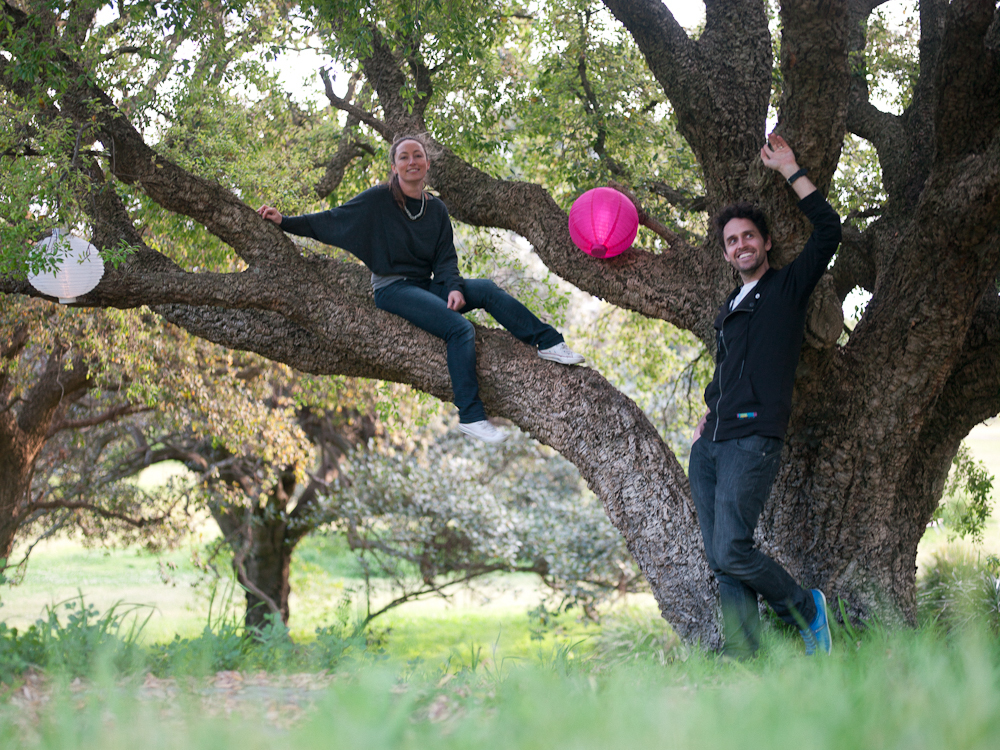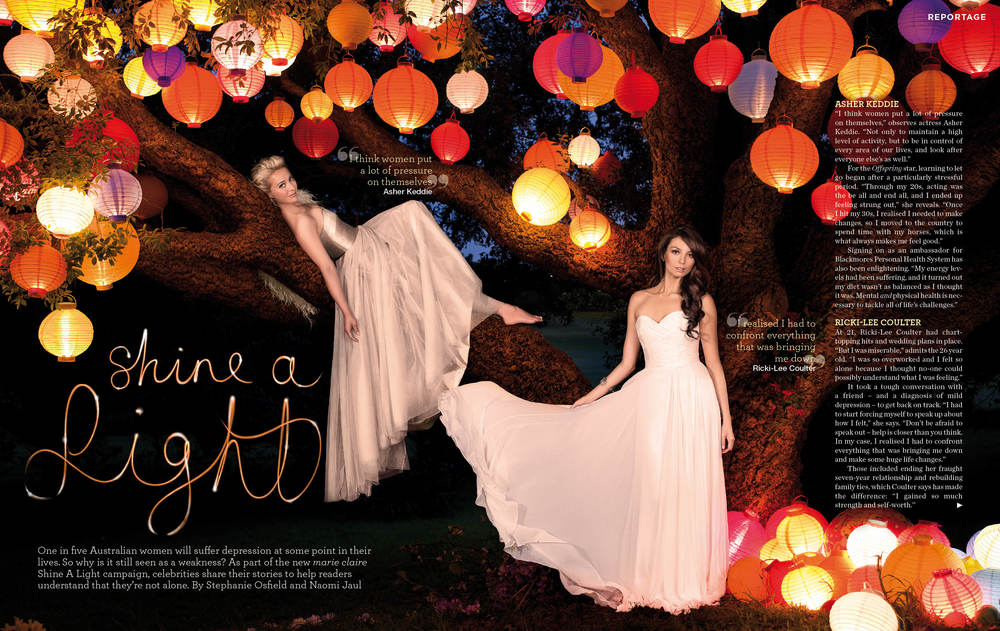Pre-visualise your lighting

When I started making complex composite images I struggled to understand how to make my artworks look believable. The learning curve on producing artworks from multiple locations and shoots is steep. And once you've jumped most of the technical hurdles, you may still stop and ask yourself why your image just doesn't look quite right. It may not bother a lot of people to the degree that it bothers me and that's probably a blessing. To satisfy my personal hunger for complex image making I've always pushed myself beyond my natural ability (comfort zone). For every moment of teary frustration there are moments of euphoric elation. Like any creative process, the journey is one big roller-coaster ride.
If you're prepared to take the ride and commit yourself (to the craft, not an institution) it's likely you'll have eureka moments. My journey has been filled with many of these moments but none more so than my understanding of light.
One of these moments followed hours of retouching with the frustrating question "Why doesn't it look right?". This is a question I now find solves most of my problems in art making. That day I really learnt to 'look' at the world around me and really 'study' light. After all, aren't photographers observers of the world around them?
I realised that in order to make a believable world in postproduction I would need to study light in the real world in preproduction. Suddenly I began to see everything in a totally different way. I imagine this is how painters naturally see the world but it's something that this photographer had to teach herself.
Sometimes I'm working with a sun lit background and I need to mimic this light on my subject in the studio. I need to consider the way light in a landscape moves through a scene. Sometimes it's warm in the highlights and cool in the shadows. The highlights form a natural bounce onto surrounding forms and the colours dance and weave magical reflections throughout the image.
I may be making a 2D image but working in Photoshop, we're using layers and that means I need to think about everything like it's a 3D world. So I simply mimic the world around me.
Understanding this three dimensional world meant I needed to rethink and polish my skills in lighting to follow these rules, or even to bend the rules. Whichever the case, I'm always trying to own my light rather than let it intimidate me as it once did.
I can't control the weather or make the sun and elements do what I'd like. But I can pre-plan for most conditions and I can plan with lighting sketches and tests to get it right on the day.
An added bonus to the technical age we live in are things like the app "Sun Seeker" I have on my iPad… this app lets me know where the sun is at different times throughout the day. This helps me to plan my shoot around the elements.

Sketching lighting setups is a crucial part of planning a complex composite artwork for me these days. I always need to think several steps ahead when I'm working with different light sources. I find it helpful to think about my postproduction in preproduction. I don't want to sit down at the end of a shoot and worry about how I'm going to make everything work. I'm pretty Zen these days.
I get lots of requests from people wanting to know the way I work and in particular, my lighting. So I've decided to post my sketches for you.
In a recent job for Marie Claire, lighting is something I needed to really plan for. We had three shoots to execute during sunny daylight hours (when the talent was available), only the problem was that the Art-Director wanted the look to look like dusk/twilight.
Here's the first shot of the series of three, following which is a little how-to/behind the scenes of how we accomplished it.

We set up the lights with a rather cinematic approach and had the camera locked in place from 2pm - 8pm so that I could use layers from different times of the day. One key light lit both ladies on their left, another light through a scrim filled the shadows but with a stop of separation so that the lighting wasn't flattened out. The light coming in behind and through the tree branches added a hair highlight and came from the direction of the faux 'natural' light.
Once the ladies had climbed out of the tree and most of the crew had left, my team and I did dozens of exposures. As the sun set and disappeared behind the mountains and dusk became night, our lanterns began to bleed into the darkness. The tree became the colour of the lantern light and the field became the colour of dusk.
I don't think that I light in a complex way. Each light is very valuable and I need to spread my small budget over a great array of tools and treasures. To me, I'm trying to mimic the sun; our one, astonishing, all encompassing sun. Along with a few clouds and rainbows - Packed neatly into a few zipped bags and pelican cases.


